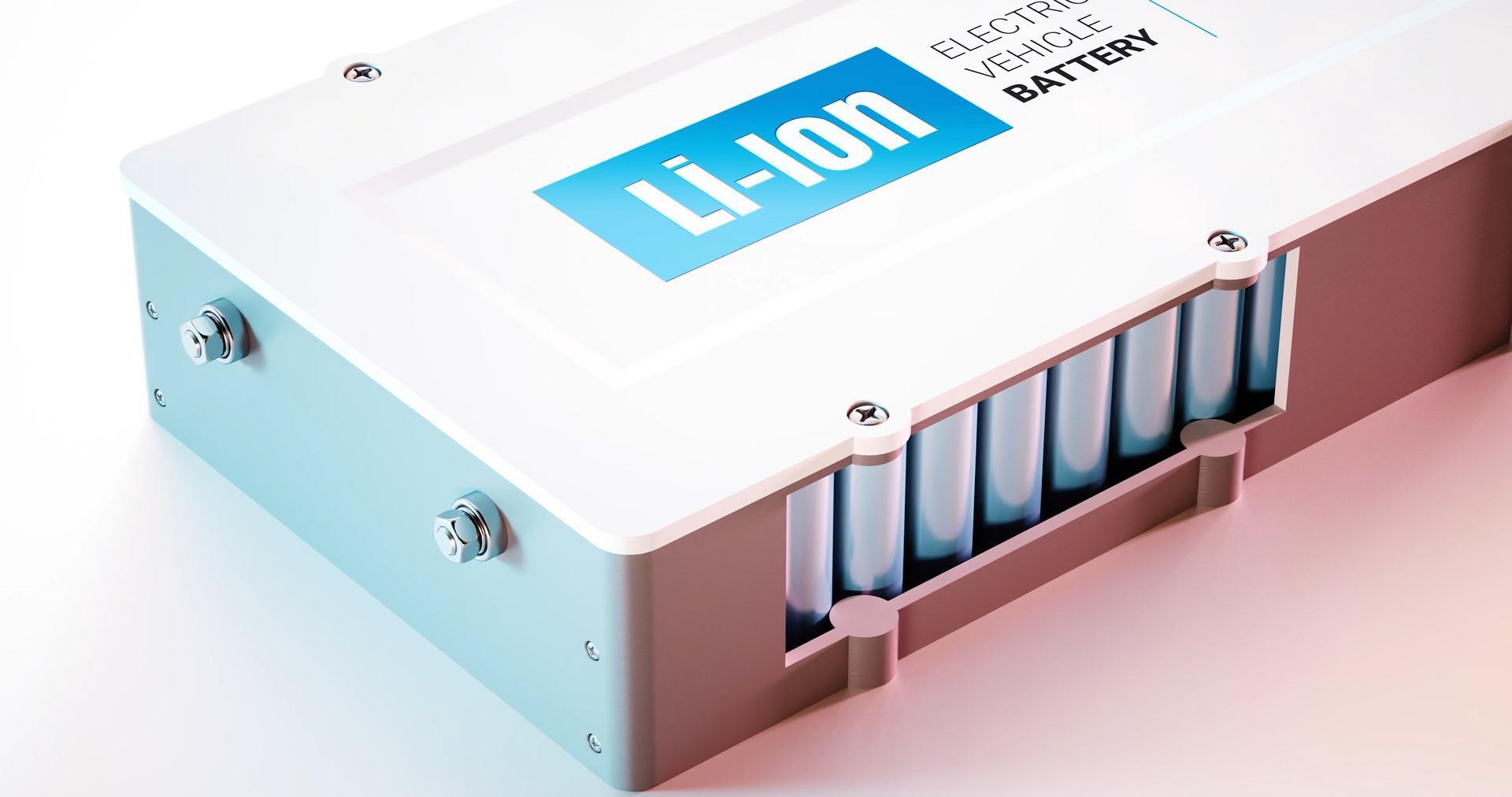Search Thermo Fisher Scientific
Battery/Energy Storage Analysis
Pack more power into longer-lasting energy sources
Longer-lasting energy sources and batteries continue to be pivotal for many industries, particularly the automotive industry.
Avenues of investigation surrounding energy often focus on lithium-ion batteries, solar cells, fuel cells and other sources of energy storage and conduction. Through application notes and webinars, we’ll demonstrate how to analyze the battery/energy storage component using critical technologies like Raman and XPS, as well as XRF and XRD. Rheometry can also be utilized for the mechanical analysis of electrode coating materials and printing pastes for solar panels.
Featured videos
Developing battery and fuel cell materials with Raman spectroscopy
Using Raman Microscopy in electrochemistry for battery and fuel cell storage research.
Analyzing surface chemistry of battery and energy storage materials with XPS techniques
XPS instrument with multi-technique capabilities and high throughput for the analysis of cathodes, anodes and separator materials, such as looking at the surface chemistry of pristine electrodes and comparing to the surface chemistry of used electrodes.
Analysis of advanced layers and coatings using XRD technique
Energy-related Materials Analysis resources
No records were found matching your criteria

Analytical techniques for battery and energy storage characterization
Growth in the global lithium-ion battery market is largely driven by increased usage in electric vehicles, grid storage, and portable consumer electronics where its higher energy density over that of lead-acid batteries is of primary importance. In order to increase performance and to obtain a better understanding of degradation mechanisms further research is required.
Evaluation of batteries and battery components requires a variety of analytical methods to study bulk materials and component surfaces at various scales.
Our brochure Analytical Solutions for Improved Battery and Energy Storage Products covers the range of materials characterization tools for battery analysis and product formulation.
This brochure covers the value of several analytical techniques in battery and energy storage research
- Electron microscopy
- FTIR spectroscopy
- Raman microscopy
- X-ray photoelectron spectroscopy
- X-ray fluorescence spectroscopy
- X-ray diffraction
- Rheology
- Twin-screw extrusion





